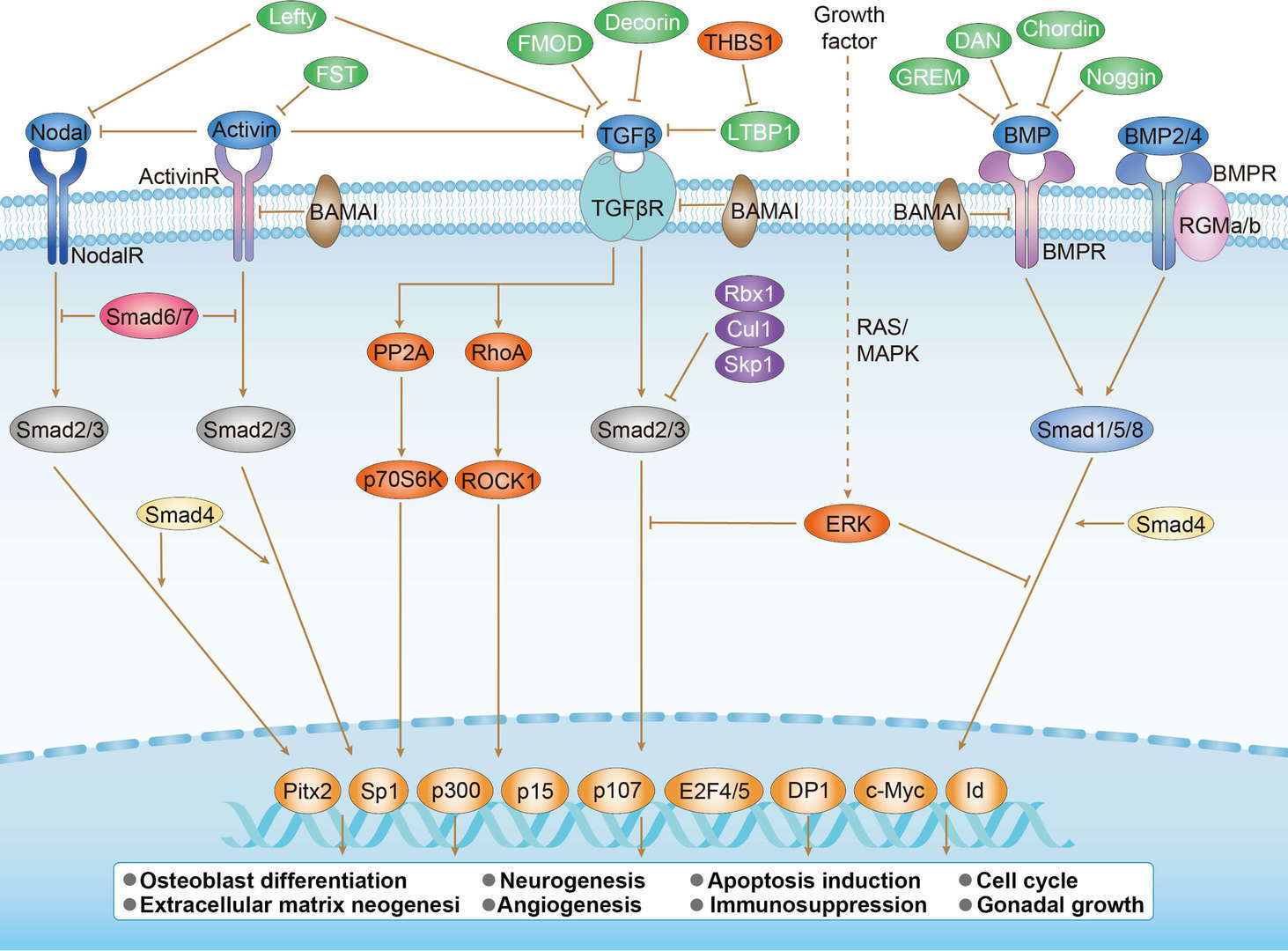 Loading...
Loading...

BMP4
Anti-BMP4 Recombinant Antibody Products
-
- Derivation: Human
- Species Reactivity: Human
- Type: ADCC enhanced antibody
- Mouse Anti-BMP4 Recombinant Antibody (clone 3H2) (NEUT-051CQ)
-
- Species Reactivity: Human
- Type: Mouse IgG2b, κ
- Application: ELISA, Neut, WB
- Mouse Anti-BMP4 Recombinant Antibody (clone CBL815) (NEUT-052CQ)
-
- Species Reactivity: Human
- Type: Mouse IgG2b
- Application: Neut, WB
- Mouse Anti-BMP4 Recombinant Antibody (clone CBL816) (NEUT-053CQ)
-
- Species Reactivity: Human
- Type: Mouse IgG2b
- Application: WB, Neut, ELISA
- Mouse Anti-BMP4 Recombinant Antibody (clone CBL987) (NEUT-054CQ)
-
- Species Reactivity: Human
- Type: Mouse IgG2b, κ
- Application: ELISA, WB, IHC, Neut
- Rat Anti-BMP4 Recombinant Antibody (clone CBL387) (NEUT-055CQ)
-
- Species Reactivity: Mouse
- Type: Rat IgG1
- Application: Neut
Can't find the products you're looking for? Try to filter in the left sidebar.Filter By Tag
Our customer service representatives are available 24 hours a day, from Monday to Sunday. Contact Us
For Research Use Only. Not For Clinical Use.
Cancer-related genes, Disease related genes, Human disease related genes
Intracellular, Secreted (different isoforms)
Cell type enhanced (Fibroblasts, Hepatic stellate cells, Skeletal myocytes, Basal squamous epithelial cells, Pancreatic endocrine cells, Syncytiotrophoblasts)
Immune cell enhanced (non-classical monocyte)
Cell line enhanced (CACO-2, CAPAN-2, Hep G2, OE19, SuSa)
Homodimer; disulfide-linked (By similarity). Interacts with GREM2. Part of a complex consisting of TWSG1 and CHRD. Interacts with the serine proteases, HTRA1 and HTRA3; the interaction with either inhibits BMP4-mediated signaling. The HTRA protease activity is required for this inhibition (By similarity). Interacts with SOSTDC1. Interacts with FBN1 (via N-terminal domain) and FBN2 (PubMed:18339631). Interacts with type I receptor BMPR1A (PubMed:8006002). Interacts with type II receptor BMPR2 (PubMed:29212066). Interacts with FSTL1; this interaction inhibits the activation of the BMP4/Smad1/5/8 signaling pathway (PubMed:29212066). Interacts with SCUBE3 (PubMed:33308444).
Cytokine, Developmental protein, Growth factor

 TGF-β Signaling Pathway
TGF-β Signaling Pathway